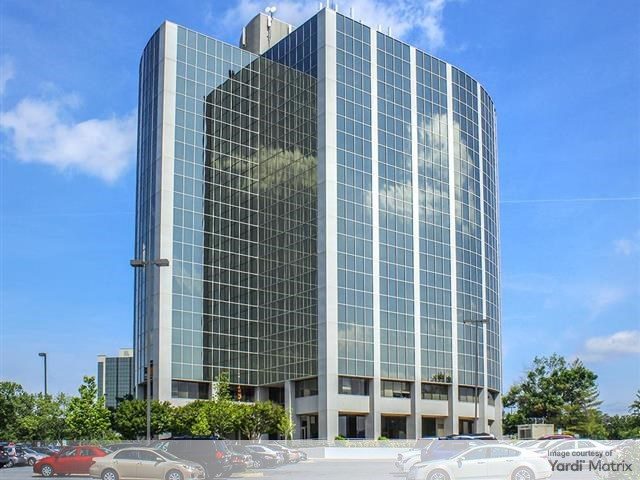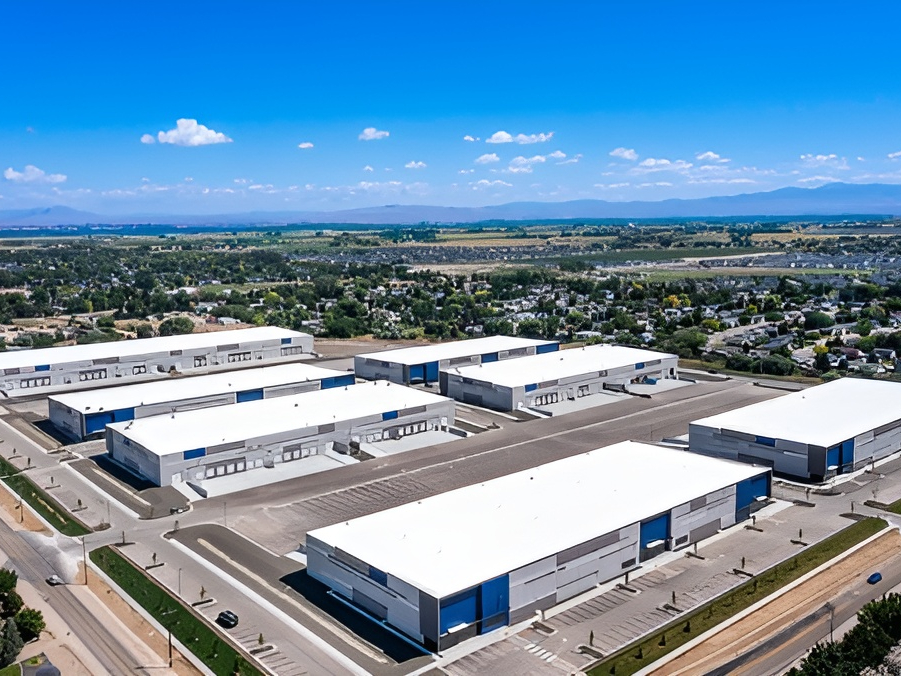Getting Into the Heads of Tech Tenants
Where will most tech company leasing take place this year? And how much will these firms lease?
For years, technology companies could be counted on for rapid growth and robust leasing activity. But the economy is uncertain, and hybrid work is making companies rethink where and how much space they need. As a result, the brokers who helped tech firms expand exponentially are now helping them take a more nuanced approach to leasing new space. CRE brokers who work with tech firms share insights on what these tenants want and need today.
Shifting priorities
Luke Ogelsby, a CBRE Excutive Vice President in San Francisco, told Commercial Property Executive that now, more than ever, tech clients are hiring in a more distributional manner across the nation and world. “Not surprisingly, their real estate portfolios mirror their talent strategies, and are likewise more distributed,” he said.
As employees become more distributed, it is crucial to learn, for each location, how many people are coming back to the office and their commutation patterns. Where they live is crucial to finding the right office space, according to Steven Rotter, vice chairman, brokerage, at JLL.
“A lot has changed where, before COVID, people were saying ‘Hey I want to be in Chelsea’ or ‘I need to be in Union Square because that’s the cool place for tech companies and now it has changed to ‘Lets look at other things that will take priority,’” Rotter told CPE.
Spaces fit for a tech client
So, what are the priorities today for tech clients? First, Ogelsby says, it’s flexibility and agility within the tech client’s leased portfolio. In recent weeks, many of the big tech companies have announced they are downsizing their workforces through layoffs and that will impact occupancy decisions for some.
“A lot of activity in the tech sector entails building out subleases or fully amenitized serviced offices,” explained Ogelsby. “Both options traditionally offer shorter term lengths and typically minimize any upfront capital expense.”
Meanwhile, tech companies are redefining their standards for space. In 2019, a year when virtually every tech company was hiring and expanding, according to Rotter, tech clients sought gritty buildings with exposed ceilings. These spaces accommodated as many employees as possible, while inspiring creativity and culture creation. Location and quality was less important, but that is no longer the case.
“Everything has transitioned, and it is called the flight to quality,” said Rotter. “People are very focused at finding a much better building in a better location.”
While employees and employers are still struggling to work out the perfect remote, hybrid, or in-office work structure, many tech companies are hoping that the right location will get their employees excited to come to come to the office.
Buildings with more amenities, including kitchen and coffee spaces as well as separate meeting rooms and co-working areas are faring well. Other boxes tech clients are looking to check off include outdoor space and easy transportation access. These companies are willing to pay more for exactly what their employees need.
Hot spots for tech this year
Due to a series of venture capital firms moving out of what used to be the primary tech hot spots, such as San Francisco, and the difficulty off getting people back into the office in these cities, newer markets around the nation are growing in tech presence.
“Nashville, New York, Boston, Miami have been fortunate enough to really grow the tech industry, and I think that is going to continue,” said Rotter.
And, while activity may be slowing in Austin, Bellevue and other hubs, tech companies are still working to establish their global footprints. “I think we will continue to see activity increase in emerging markets —many in India, LATAM and EMEA, as examples,” Oglesby said. As for the Bay Area, he thinks leasing could pick up there this year as tech companies settle on new workplace policies.
But, the truth of the matter is that tech clients, like most companies, are in cost-containment mode. “While there is no one-size-fits-all answer, ultimately the real estate priorities mirror the business objectives,” Ogelsby told CPE.








You must be logged in to post a comment.